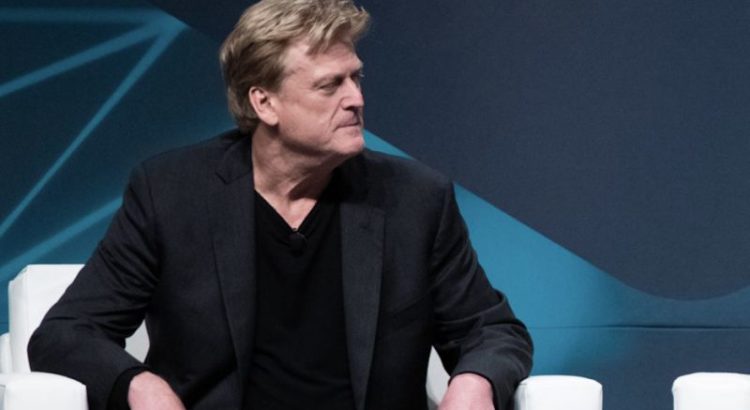A recent report from the New York Post indicated that activity by former Overstock.com CEO Patrick Byrne, including its integration to digital shares, was strategically calculated to harm short sellers of his former company. While Overstock.com shares recently skyrocketed, several major Wall Street-based brokerage firms agreed to accept a cash equivalent of the digital dividend when short sellers return their borrowed shares, effectively harming the shares’ value. Yesterday however, Overstock.com announced a new plan to maintain the latest spike in value.
Overstock’s Digital Shares and Short Selling Explained
The unforeseen drama continues to unfold around Overstock.com and it’s former CEO Patrick Byrne.
On September 17th, the New York Post reported that Overstock’s previously announced plan featuring digital dividends— where one digital Series A-1 share would be paid for every 10 common stock held by shareholders— was a means of sticking it to short sellers.
Short sellers place complex trades which effectively bet that a stock will drop over time.
After Byrne resigned following his announcement of a romantic relationship with a Russian spy, Overstock shares surged 60% and saw a 52-week high of $29.75 last Friday.
A source told the New York Post,
“Byrne figured out how to stick it to Wall Street. He designed the dividend to create short covering.”
It wouldn’t have been the first time Byrne battled short sellers. Back in 2005, Byrne made headlines after claiming a Wall Street “Sith Lord” led a short-selling conspiracy against Overstock.com.
Overstock.com’s recent surge dropped notably however, after brokerage firms JPMorgan and Morgan Stanley agreed to take a cash equivalent value of the digital dividend when short sellers return their borrowed shares.
As a result, Overstock.com’s stock closed at $17.60 this past Tuesday, 40% less from its recent peak of $29.75.
Part of Overstock.com’s digital stock conditions feature a non-tradeable period. The digital stock can only be traded through a Dinosaur Financial Group brokerage account and can’t be traded for six months after its distribution, which is slated for November 25th.
However, Overstock.com told CoinDesk yesterday that it is putting the dividend on a temporary hold in order to make it freely tradeable and eliminate the six-month lock-up period.
Overstock.com said,
“In order to provide greater liquidity, we are working with the appropriate regulatory authorities to structure the issuance of the dividend shares so they would be freely tradable by non-affiliates immediately upon distribution. We believe this will be a major benefit to investors.”
The company added that it is “working closely with regulators to register the shares and achieve that result.”
A new record date for the dividend is scheduled to arrive within the next three to six weeks, and after that, a new distribution date will follow. The latter could be “sooner or later than the previously announced November 15th, 2019 distribution date”.
What do you think about the ongoing saga between Overstock.com, Patrick Byrne, and Wall Street? Let us know your thoughts in the comments section below.
Image courtesy of Business Insider.
The post The Saga Continues: Patrick Byrne vs. Wall Street appeared first on The Tokenist.

